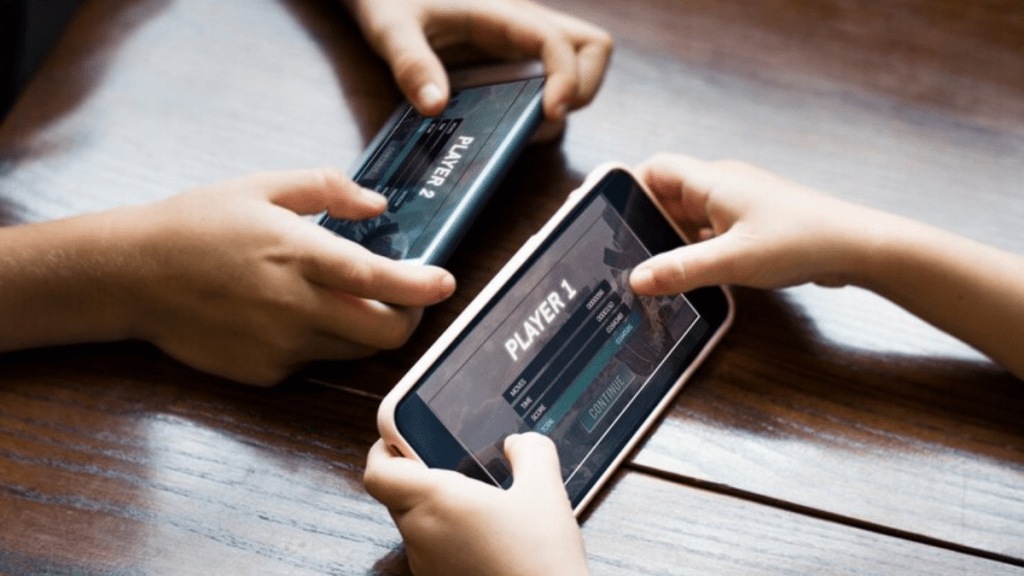By Rama Krishna Sreepada
The mobile gaming industry is booming, fueled by the massive popularity of smartphones and tablets. This shift has fundamentally changed how developers and platforms approach monetisation, moving beyond traditional pay-to-download models to a diverse range of strategies.
The mobile gaming sector has seen tremendous success. While 2022 saw a slight stagnation in consumer spending due to economic factors, the industry is already back on its growth trajectory. Reports from Statista highlight that in 2023, the mobile gaming market reached a revenue of $396.20 billion and is projected to grow further, reaching $533 billion by 2027. With its large and enthusiastic player base, India plays a vital role in this global landscape.
Understanding Monetisation
The free-to-play model, where the vast majority of content (up to 90%) is freely accessible, dominates the mobile gaming market. This necessitates careful monetisation strategies. A skilful blend of advertisements, in-app purchases (IAPs), and subscription models is key to maximising revenue without harming the player experience. Striking this balance supports development, builds a loyal player base, and enhances long-term profitability.
Advertisements and In-App Purchases
- Advertisements: From unobtrusive banner ads to video interstitials, in-app advertisements are a common monetisation tool. When used judiciously, they offer developers a steady income stream. However, overuse can frustrate players.
- In-App Purchases: IAPs allow players to customise gameplay with virtual items like power-ups, cosmetic upgrades, and exclusive content. Games like BGMI and Garena Free Fire excel in leveraging this model.
The Importance of Balance
The revenue split between ads and IAPs depends on the game genre, as EY studies reveal:
- Hyper-casual: Ads dominate (95% of revenue), with a minor contribution from IAPs.
- Mid-core/Hardcore: IAPs are the primary income driver (85-95%), with ads playing a secondary role.
- Casual: Both ads and IAPs are significant, with one potentially surpassing the other by up to 20%.
Promoting IAPs Without Sacrificing Fairness
It’s crucial to avoid “pay-to-win” models. Offer cosmetic options or content that enhances gameplay without giving paying players an unfair advantage. Games like Fortnite and Pokémon GO skillfully implement this approach, successfully monetising without compromising game balance.
Subscriptions: An Added Layer
Subscription models like battle passes and VIP memberships offer recurring revenue by providing exclusive perks. This fosters player loyalty and recurring income.
The Evolving Future
- Emerging Technologies: VR, AR, and blockchain hold the potential to revolutionise mobile game monetisation.
- Hybrid-Casual Games: This genre effectively blends multiple monetisation models, a trend worth watching.
- NFTs: Non-fungible tokens are attracting attention as a potential new monetisation avenue in the gaming space.
Collect player feedback and carefully analyse usage data to tailor monetisation strategies. This helps you understand what works best for your specific audience.
The mobile gaming market is a dynamic and exciting space with vast potential. Yet, with increasing regulatory scrutiny, a focus on fair play and consumer protection is essential. By staying attuned to industry trends, understanding player preferences, and using data wisely, developers can successfully navigate the mobile game monetisation landscape.
The author is the co-founder and architect at [x]cube LABS
